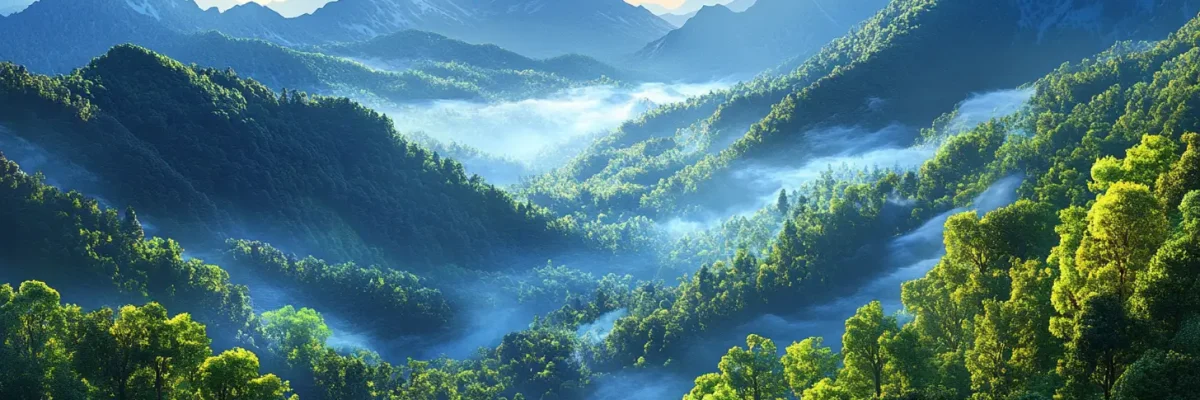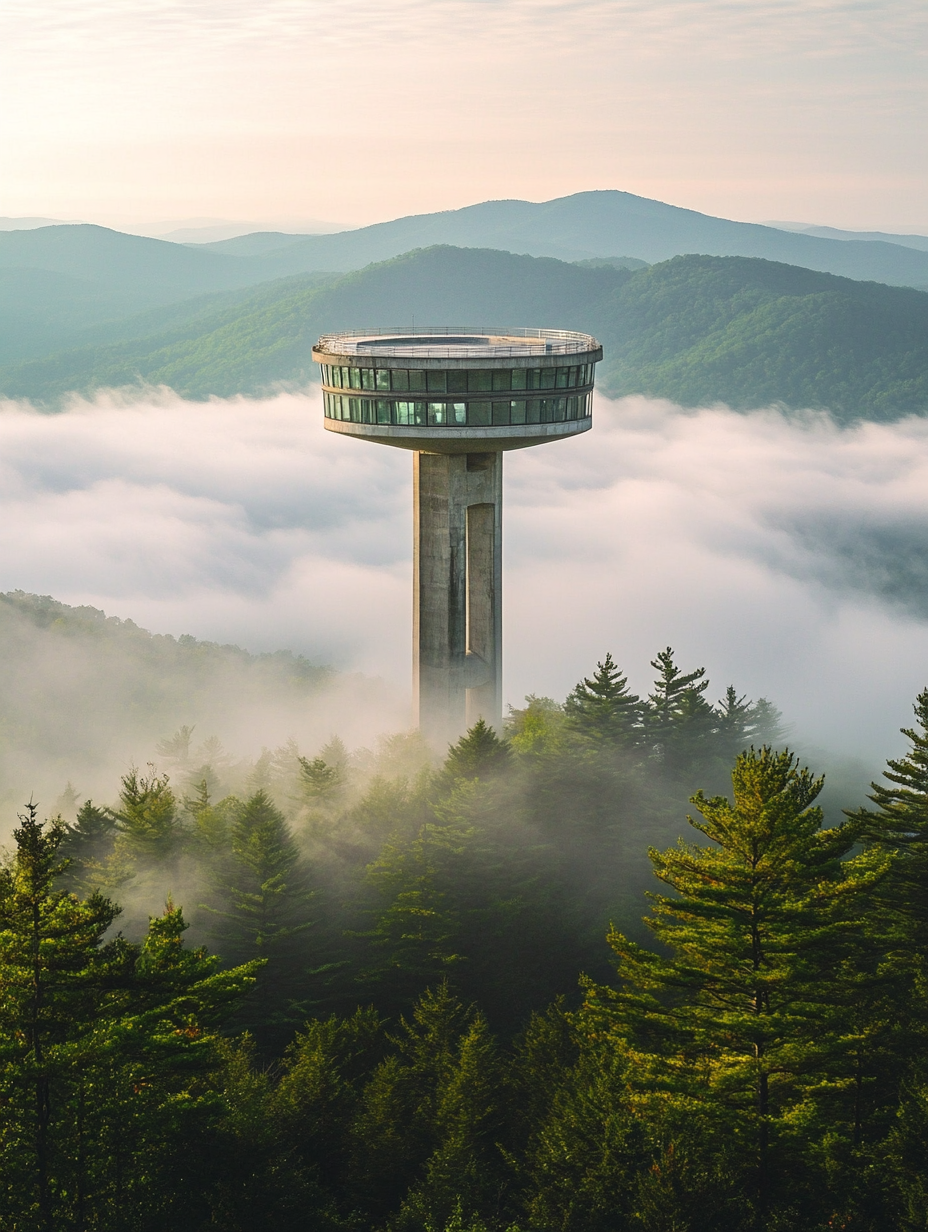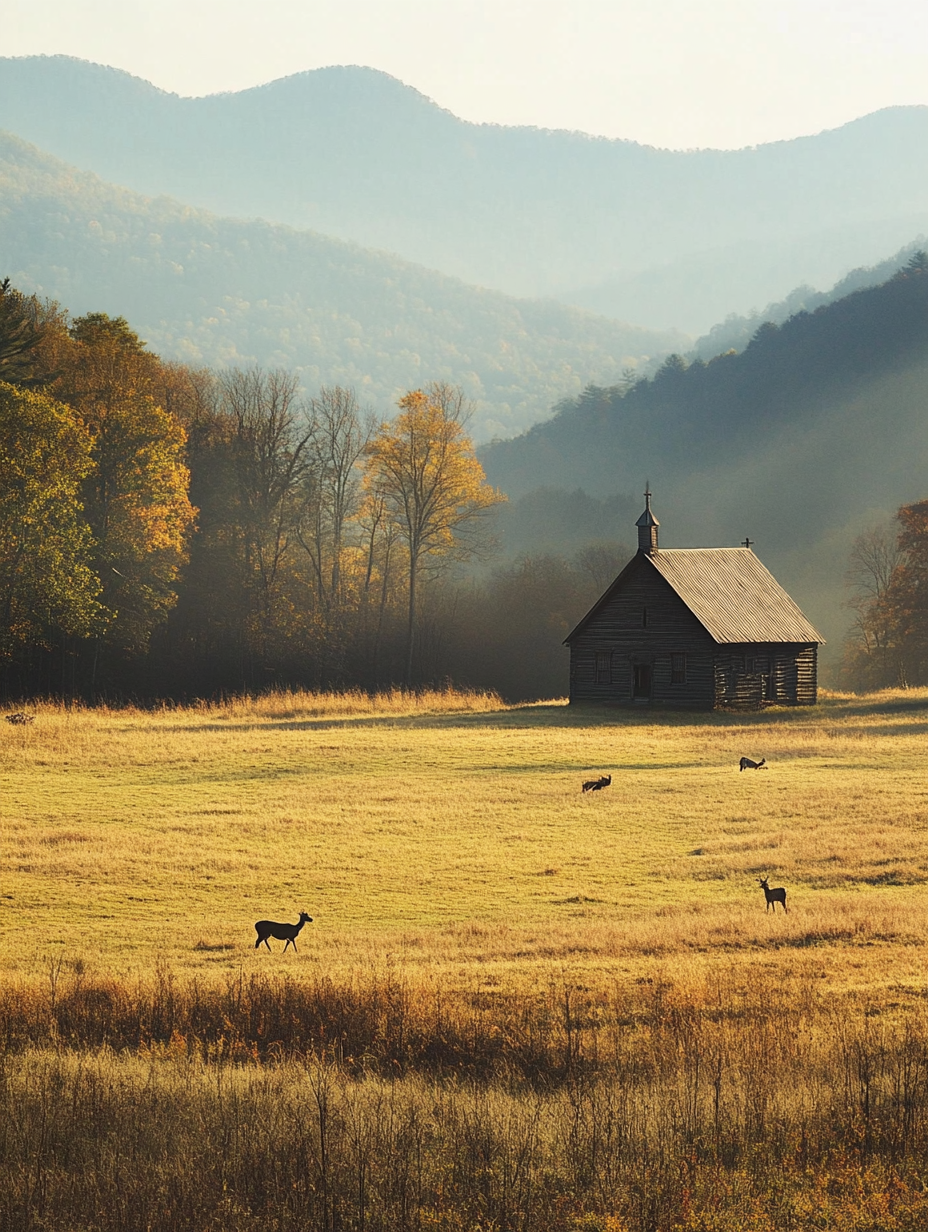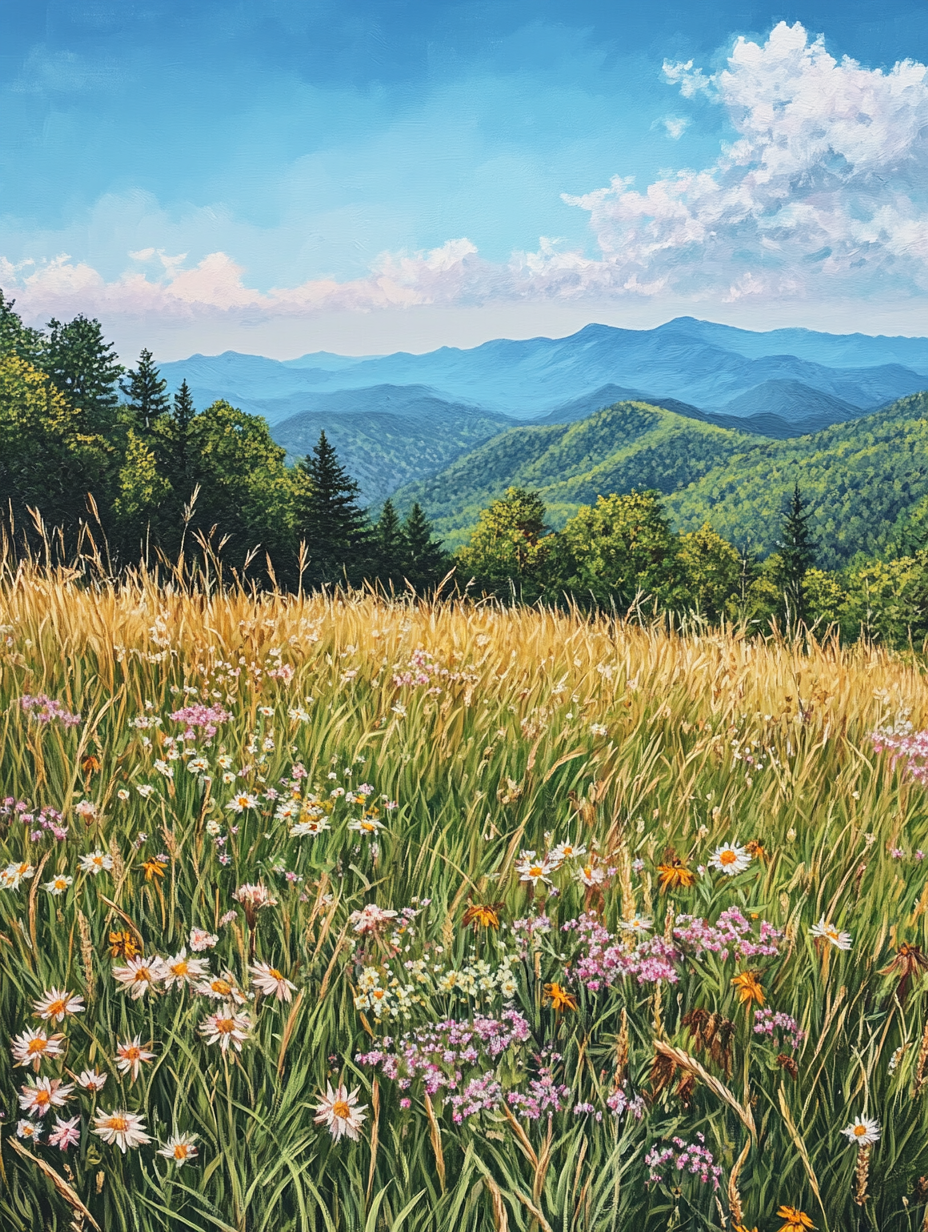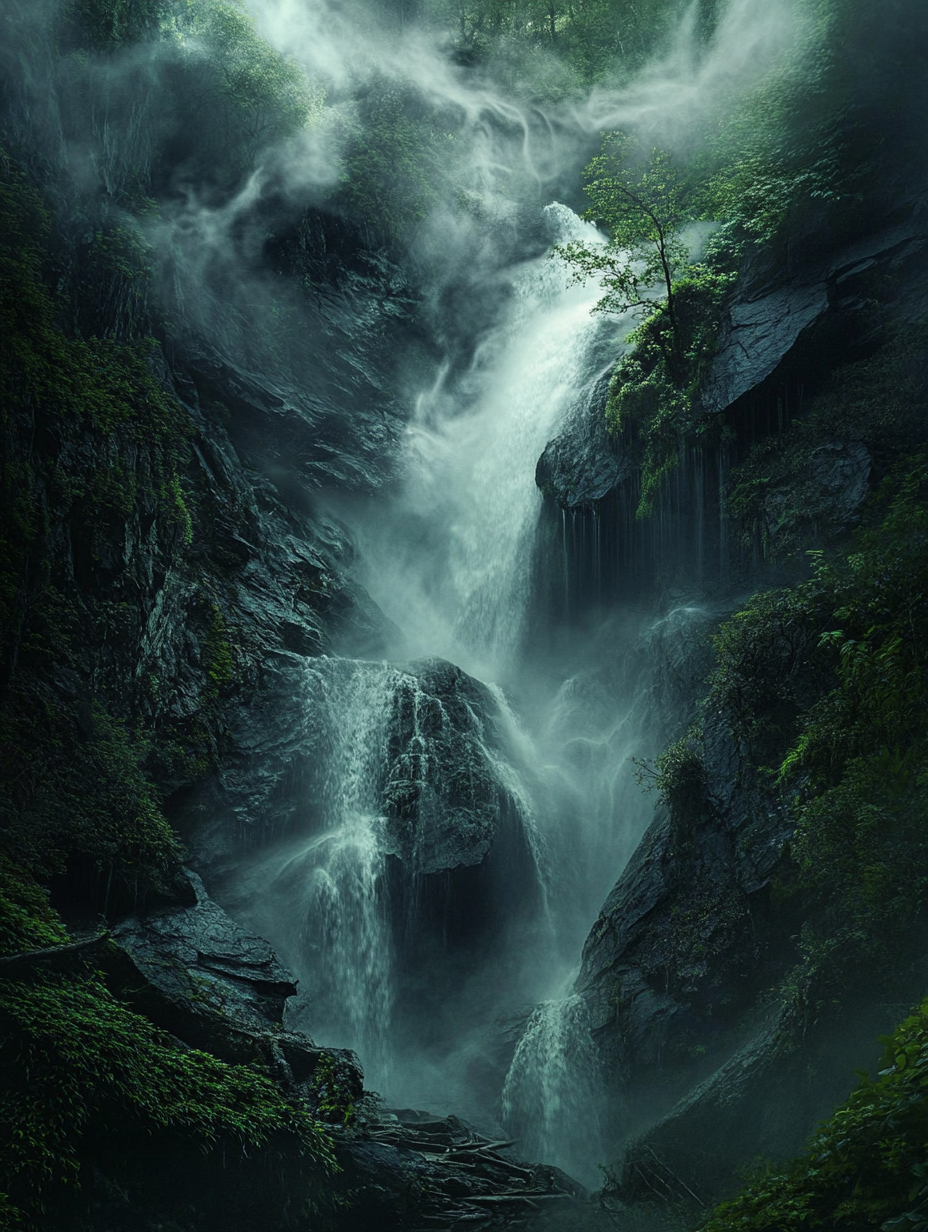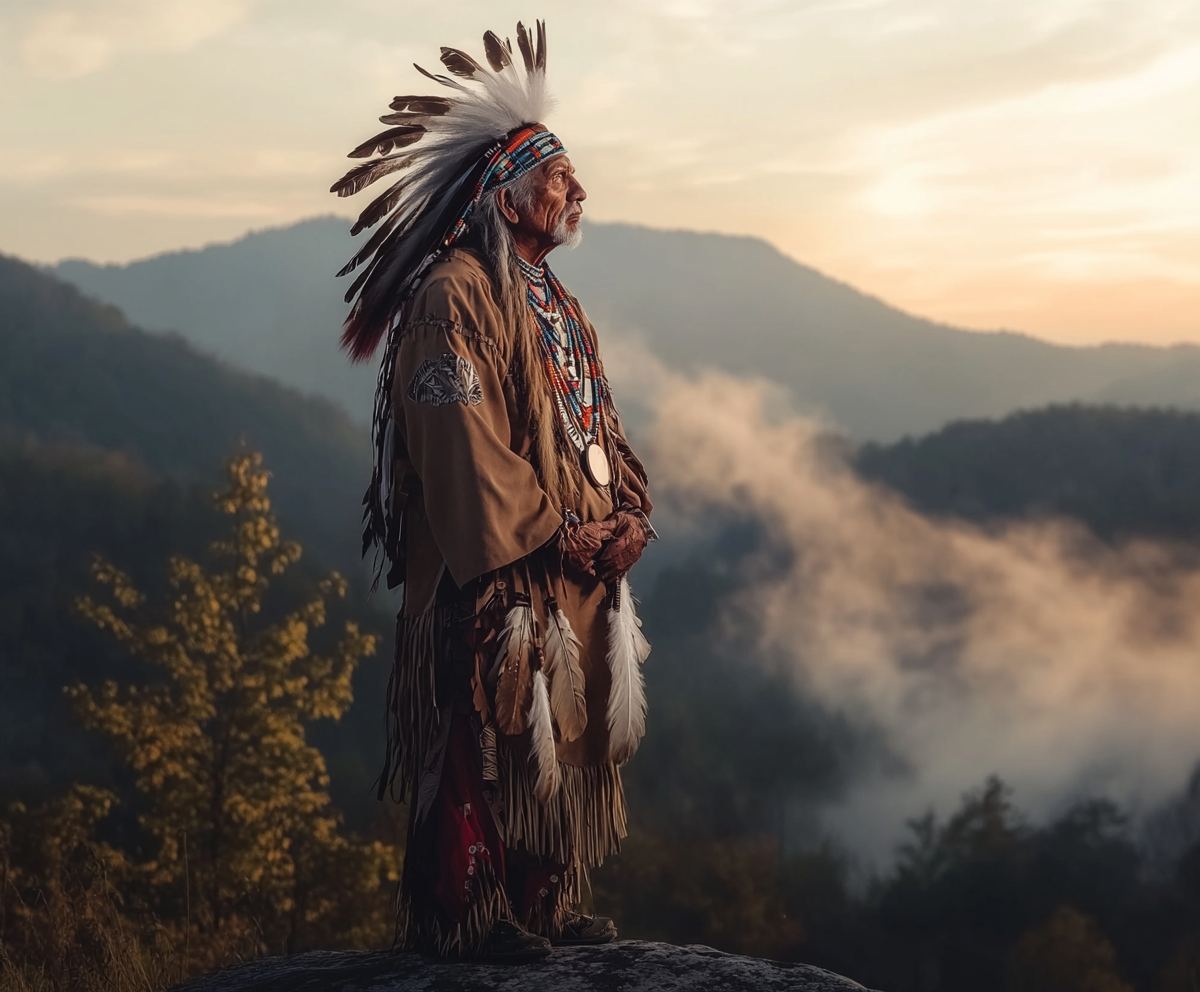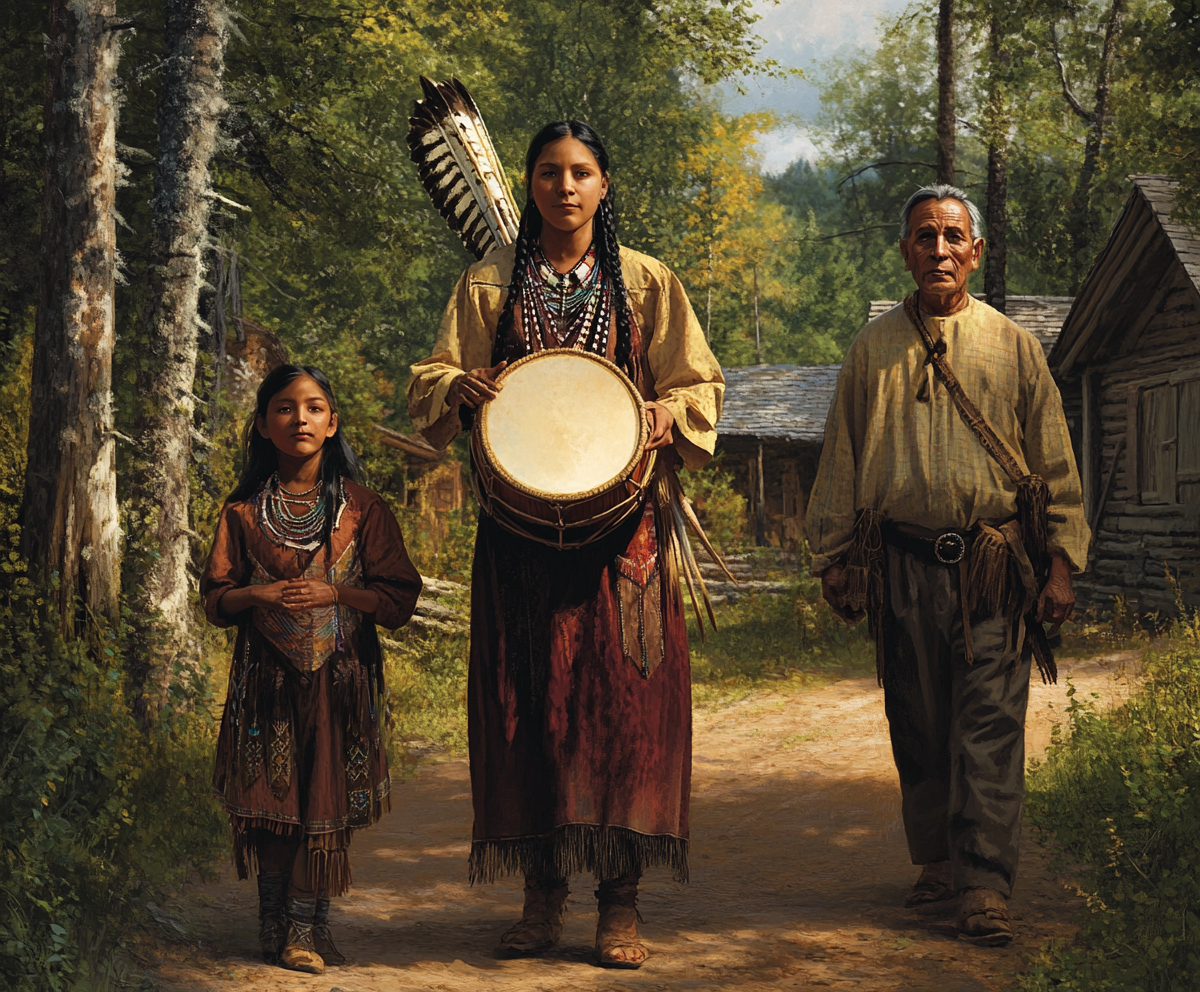Elkmont
A Town Left Behind
There’s something mysterious about the Smoky Mountains. They rise up like ancient giants, covered in layers of blue mist that never seem to lift completely. That’s actually where their name comes from — the smoky haze that hangs over the valleys, even on the clearest mornings.
As you head into the park, the world changes. The air feels cooler, the sounds die down, and the trees close in around you. More than 800 miles of trails spread out across the mountains, winding through waterfalls, quiet forests, and steep ridges that seem to touch the sky.
This natural wonder wasn’t always protected. In the early 1900s, large parts of the area were being logged and stripped of their trees. People began to speak out against the destruction, and by 1934, the U.S. government and local citizens came together to create the Great Smoky Mountains National Park. Families were asked to move out, entire towns gave way to wilderness, and a new chapter of preservation got underway.
Today, the park draws in more than 12 million visitors a year — more than the Grand Canyon or Yosemite. Inside, you’ll find places like Clingmans Dome, the highest point in the park, where hikers look out over endless layers of green. There’s Cades Cove, a peaceful valley that holds on to traces of old pioneer life, including cabins, churches, and even cemeteries. And of course, dozens of creeks and rivers run through the area, feeding life to every corner of the forest.
But even with all that beauty, it’s easy to get lost — not just physically, but in thought. The Smokies invite you in, ask you to slow down, to take in the silence, and maybe even to let go of the rush of everyday life.
It’s not just a park. It’s a living memory — one that reminds us to care for, not just the land, but the stories it carries with it.

